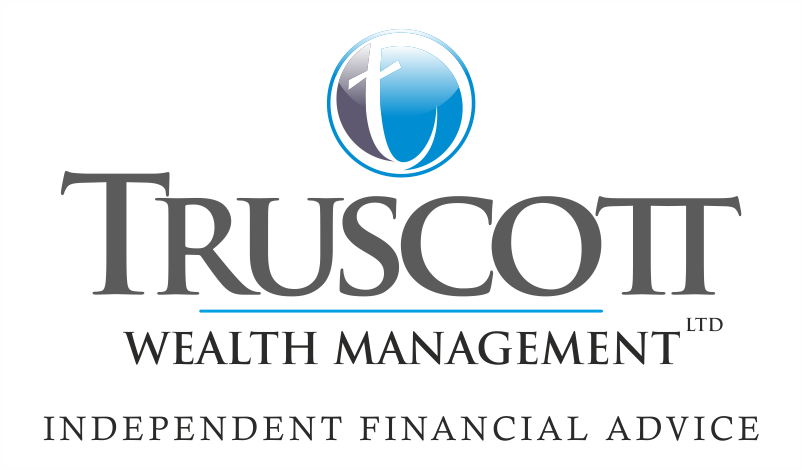Drawdown Rules
You can choose to take up to 25% (a quarter) of your pension pot as a tax-free lump sum. You then move the rest into one or more funds that allow you to take a taxable income at times to suit you. Typically, people use it to take a regular income.
You choose funds to invest in that match your income objectives and attitude to risk and set the income you want. The income you receive may be adjusted periodically depending on the performance of your investments.
Once you've taken your tax-free lump sum you can start taking the income right away or wait until a later date.
You can also move your pension pot gradually into income drawdown. You can take up to a quarter of each amount you move from your pot tax-free and place the rest into income drawdown.
Using drawdown funds for other products
To help provide more certainty, you can at any time use all or part of the funds in your income drawdown to buy an annuity or other type of retirement income product that may offer guarantees about growth and/or income. What’s available in the market will vary at any given time so you'll need to discuss your options with a financial adviser.
What tax will I pay?
Any money you take from your pension pot using income drawdown will be added to your income for the year and taxed in the normal way. Large withdrawals could push you into a higher tax band so bear this in mind when deciding how much to take and when.
If the value of all of your pension savings is above £1.25m when you access your pot (2015-16 tax year), reducing to £1m for tax year 2016-17, further tax charges may apply.
Tax relief on future pension saving
Once you start to take income, the amount of defined contribution pension savings which you can get tax relief on each year falls from £40,000 (the 'annual allowance') to £10,000 (called the 'Money Purchase Annual Allowance' or MPAA). If you want to carry on building up your pension pot this may influence when you start taking income. Find out more in our guide Tax relief on pension contributions.
What happens when you die?
You can nominate who you'd like to get any money left in your drawdown fund when you die.
- If you die before the age of 75, any money left in your drawdown fund passes tax free to your nominated beneficiary whether they take it as a lump sum or as income. These payments must begin within two years, or the beneficiary will have to pay income tax on them.
- If you die after the age of 75 and your nominated beneficiary takes the money as income, they will pay tax on it in the normal way. If they take the money as a lump sum before 6 April 2016, they’ll pay 45% tax on it and any lump sum taken on or after this date will be added to their income and taxed in the normal way.
Investment of your funds
The pension fund that remains after taking tax-free cash is invested in any investment fund that is offered by the provider of the plan. These funds are likely to cover all investment markets and will include both funds managed by the provider itself and also external funds such as unit trusts. These funds will cover all investment classes, i.e. UK equities, both growth and income, overseas equities, commercial property, fixed interest, corporate bonds and gilts. The funds can be changed (switched) between any of the funds that are available and with many providers at no cost.
Therefore the selection and managing of your investment funds within the Drawdown plan is just as important as selecting the right plan and provider at the outset.
Before investment funds are recommended, your financial capacity and personal tolerance for loss is ascertained in order to understand you’re "Attitude to Risk". Any recommendation that we make would be in accordance with this.
